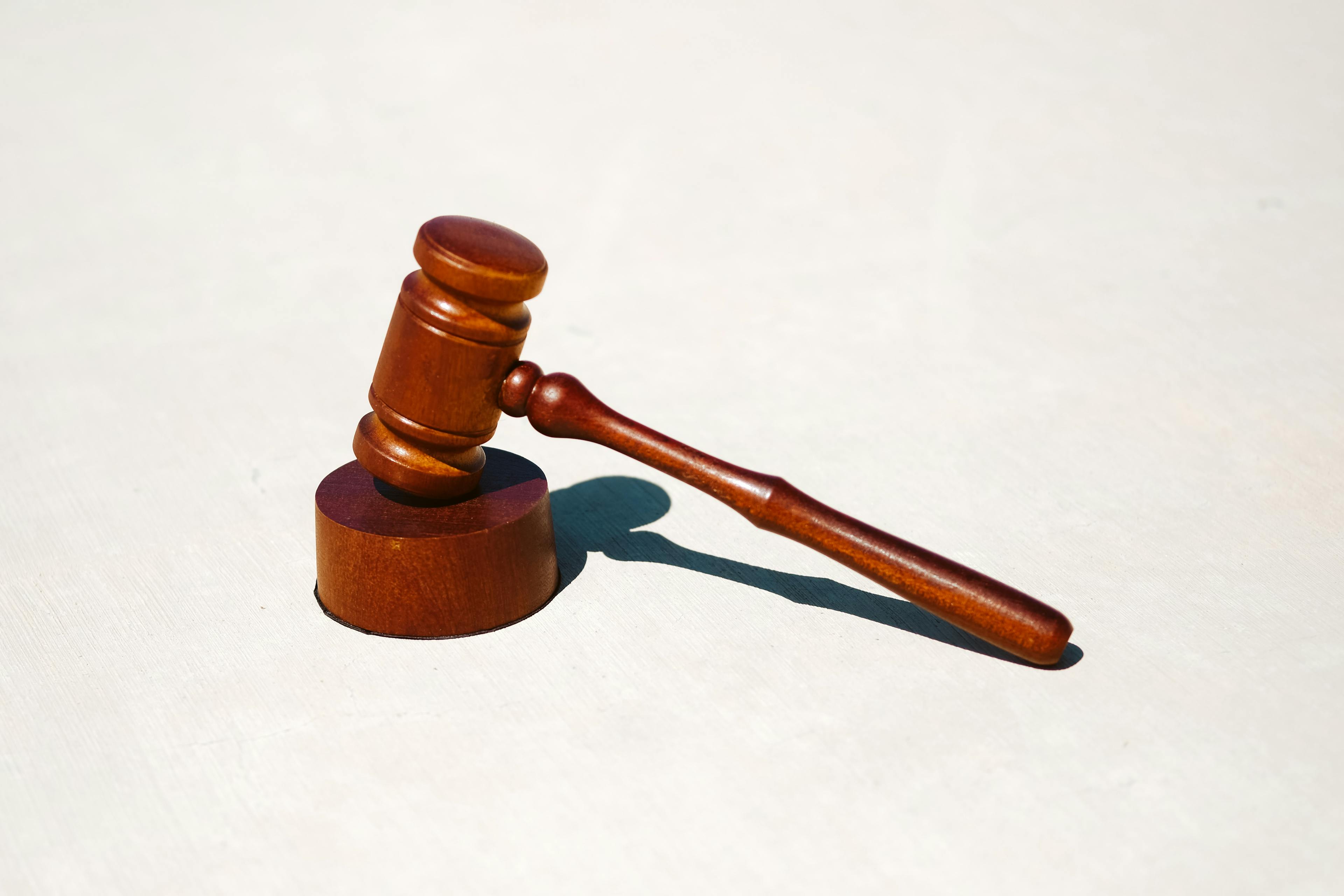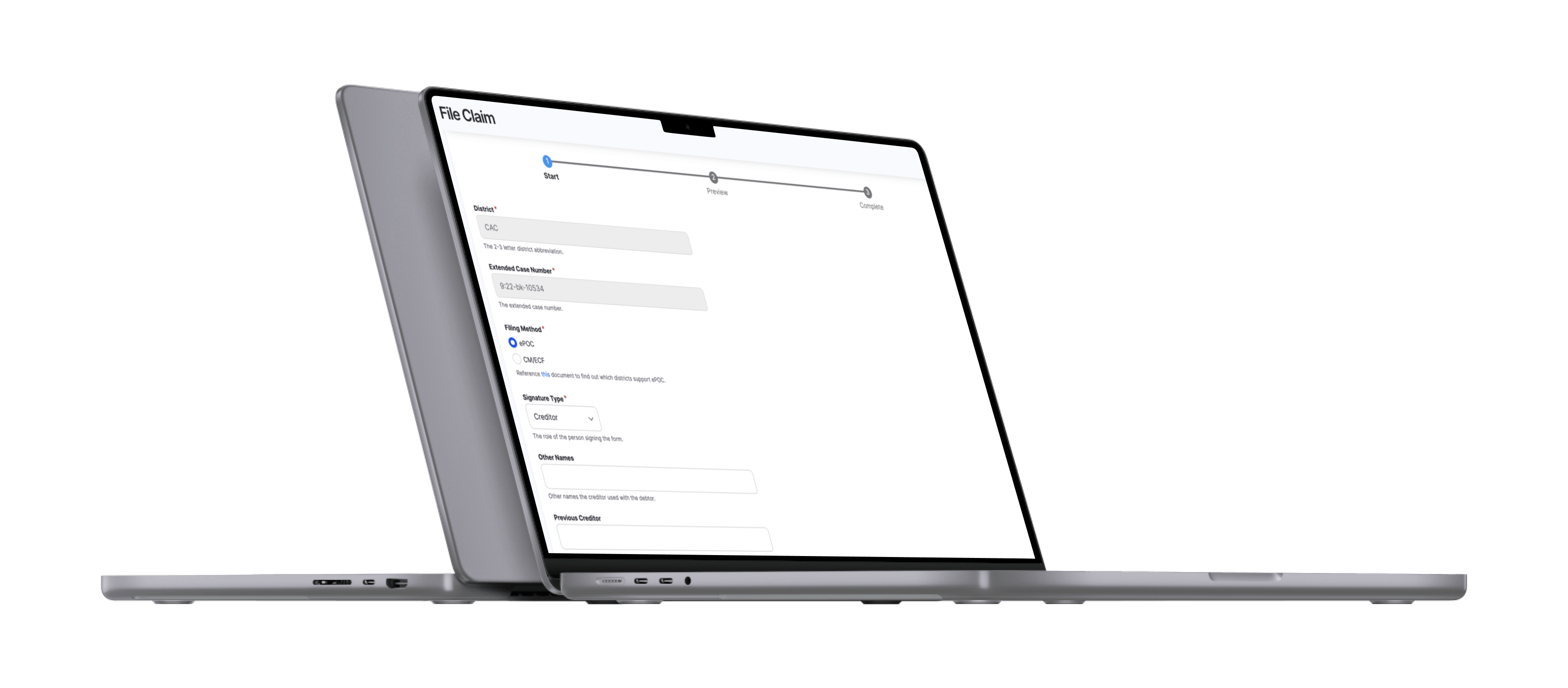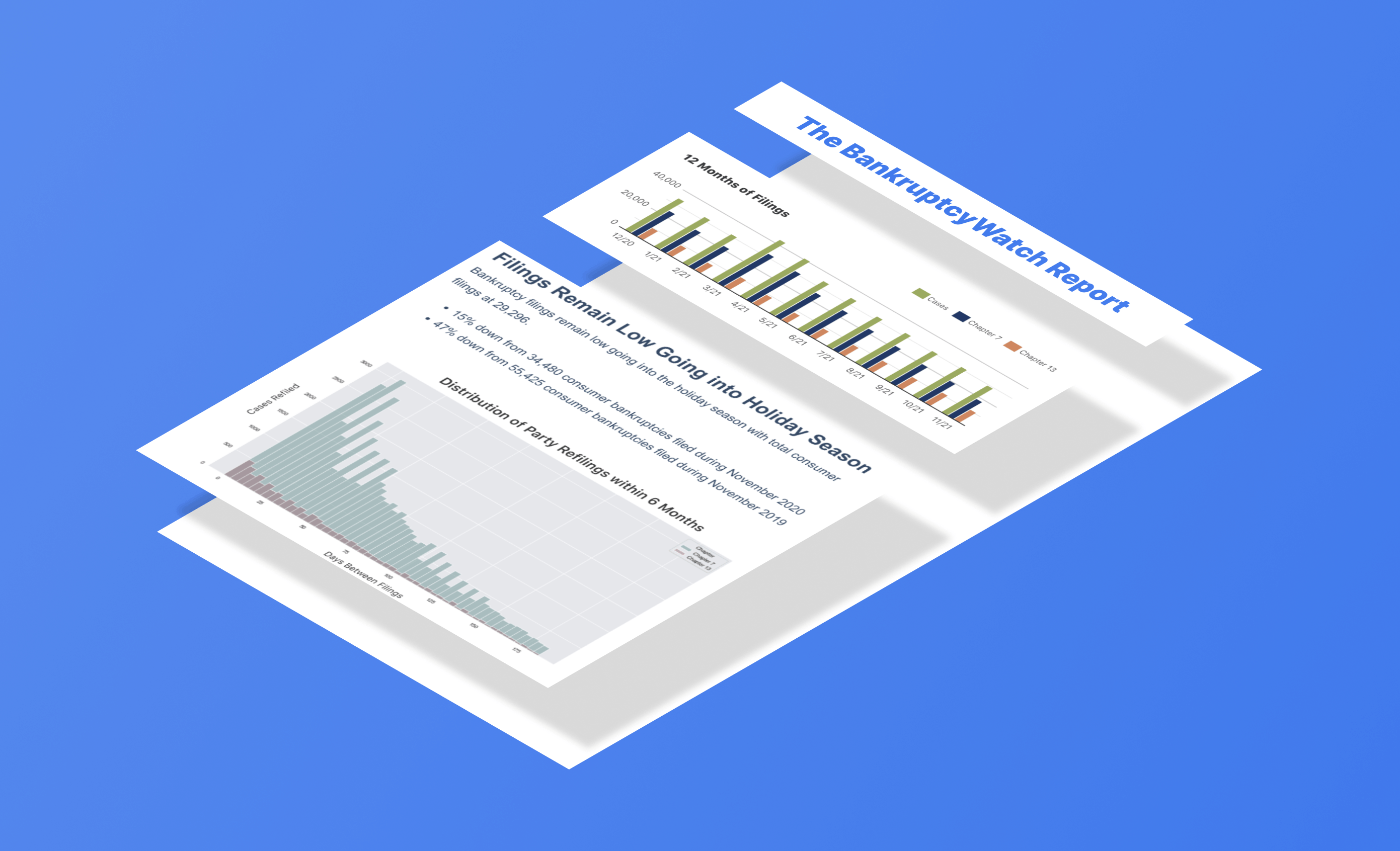Introduction:
The "ride through" option in Chapter 7 bankruptcy offers an alternative for debtors to handle their secured debts. Unlike reaffirmation or redemption, the "ride through" strategy allows a debtor to keep a secured asset, such as a car or house, by continuing regular payments without reaffirming the debt.
1. Definition and Legal Context of Ride Through:
While the Bankruptcy Code doesn't explicitly endorse the "ride through" option, the underlying idea is derived from the interplay between:
- 11 U.S.C. § 521(a)(2): The debtor must file a statement of intention regarding collateral assets.
- 11 U.S.C. § 362: Automatic stay provision preventing most creditor actions during bankruptcy proceedings.
2. Benefits of the "Ride Through" Option:
Keeping the Property:
- Continuity: The debtor retains the secured property, such as a vehicle or home, and continues enjoying its use and benefits.
- Stability: It provides a sense of financial and personal stability, especially vital for necessities like transportation or housing.
No Personal Liability in Event of Default:
- Financial Safety: If the debtor defaults on payments post-bankruptcy, they won't be personally liable for the debt. Instead, the creditor's remedy is normally limited to repossession or foreclosure on the collateral.
- No Recourse Beyond the Collateral: Usually creditors can't pursue other assets or wages to satisfy the outstanding debt balance.
3. Potential Negative Effects:
Potential Repossession of Secured Collateral:
- Risk of Loss: Some contracts contain clauses that a creditor may repossess or foreclose on secured collateral if not reaffirmed in a bankruptcy. Further, even minor payment defaults could result in creditors repossessing the collateral without any further legal recourse or prolonged negotiations. However, some state laws protect secured collateral without a reaffirmation agreement if the debtor is current on the contractual payments. Check your jurisdiction to determine the level of risk.
- Asset Value Consideration: The debtor might lose an asset that has appreciated in value or has significant personal importance.
Potential Negative Effect on Credit Report:
- Limited Reporting: Post-discharge, creditors can't report the outstanding debt amount or register new late payments, which can create an ambiguous credit report entry.
- Perceived Risk: Future lenders viewing the credit report might see this as a sign of potential risk since the exact nature of the "ride through" might not be clear.
- No Reporting of On-Time Payments: Debtors who consistently make on-time payments post-bankruptcy won't benefit from positive reporting to credit bureaus, as creditors are restricted from updating the account.
4. Conclusion and Considerations:
Choosing the "ride through" option in a Chapter 7 bankruptcy requires thorough consideration and understanding of its implications. It's essential to weigh the benefits of keeping property and avoiding personal liability against potential negatives like repossession risk and ambiguous credit reporting. Consulting with a bankruptcy attorney is vital for making an informed decision tailored to individual financial circumstances.
______________
Disclaimer: The information provided on this website does not, and is not intended to, constitute legal advice; instead, all information, content, and materials available on this site are for general informational purposes only. Readers of this website should contact their attorney to obtain advice with respect to any particular legal matter. Only your individual attorney can provide assurances that the information contained herein – and your interpretation of it – is applicable or appropriate to your particular situation.





